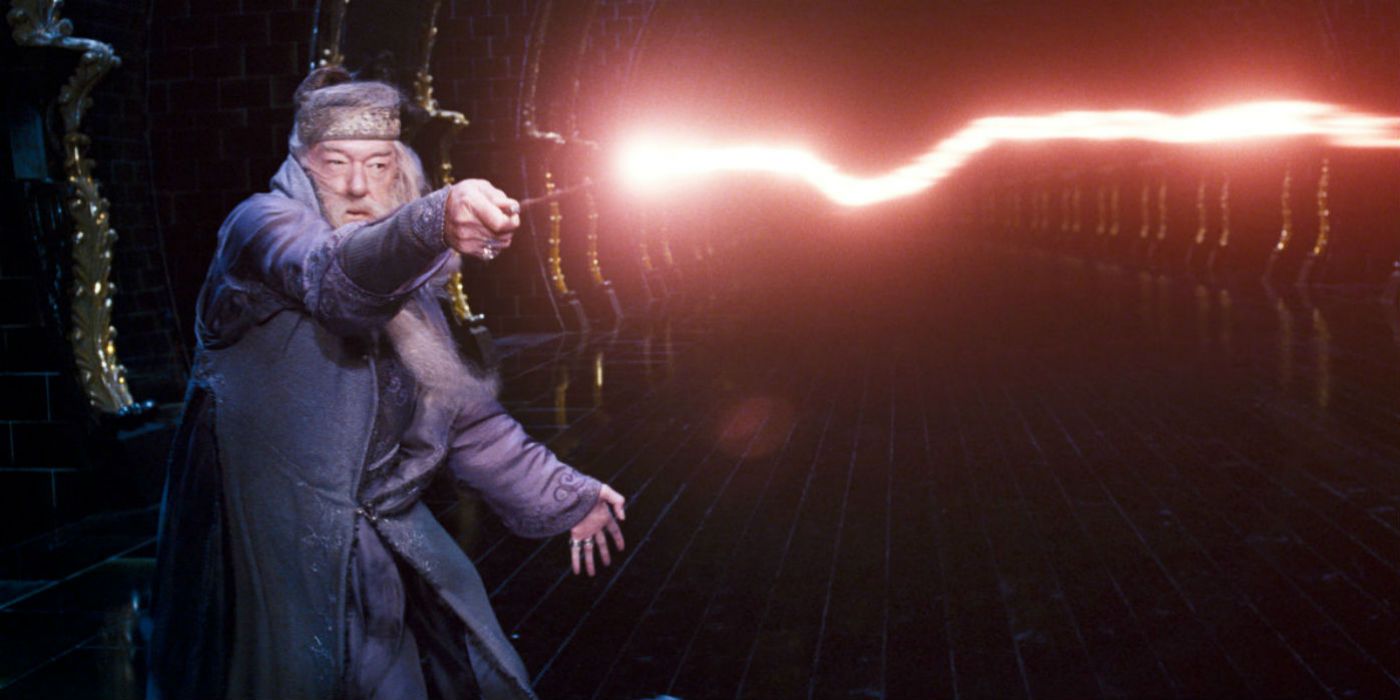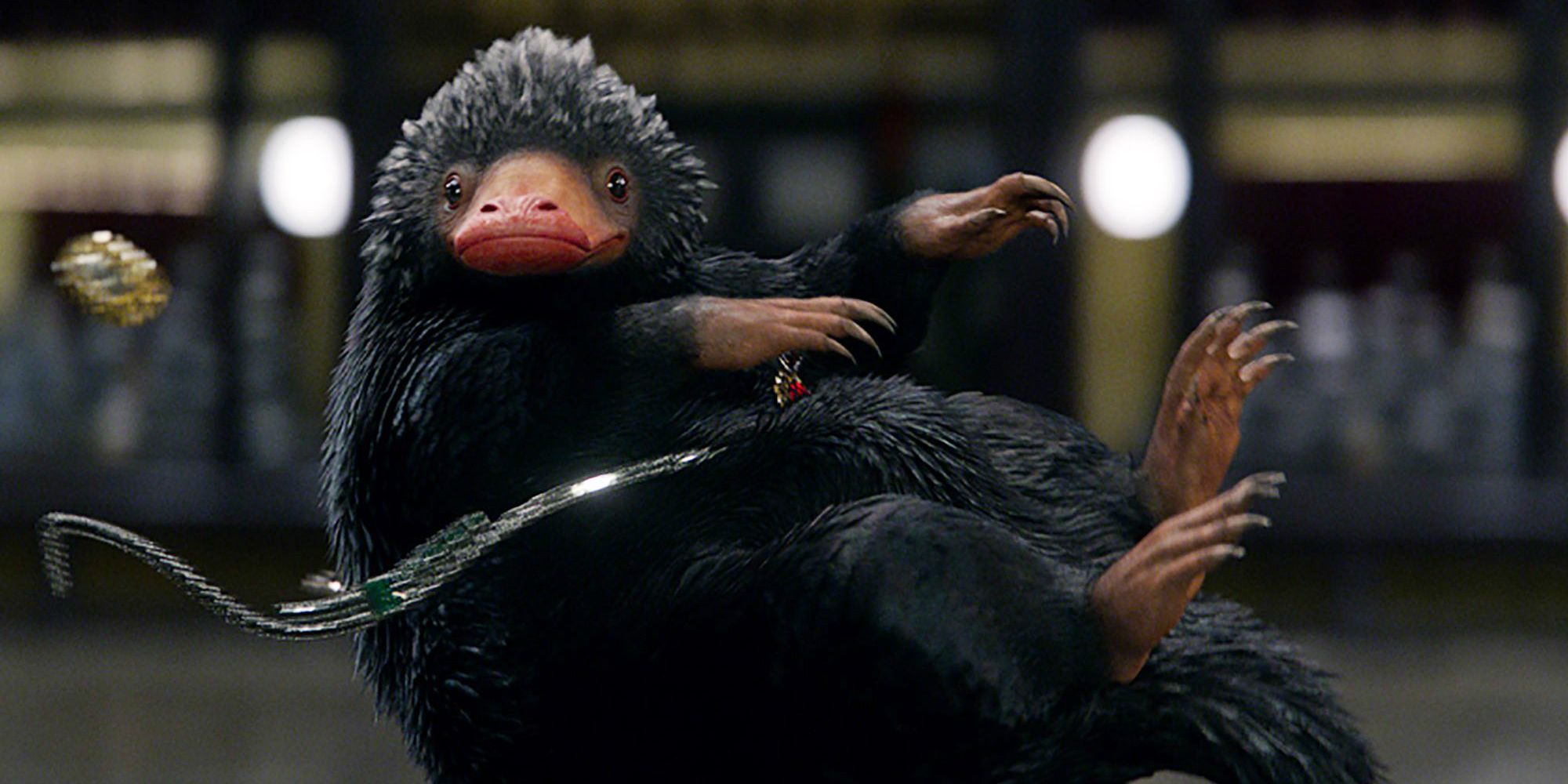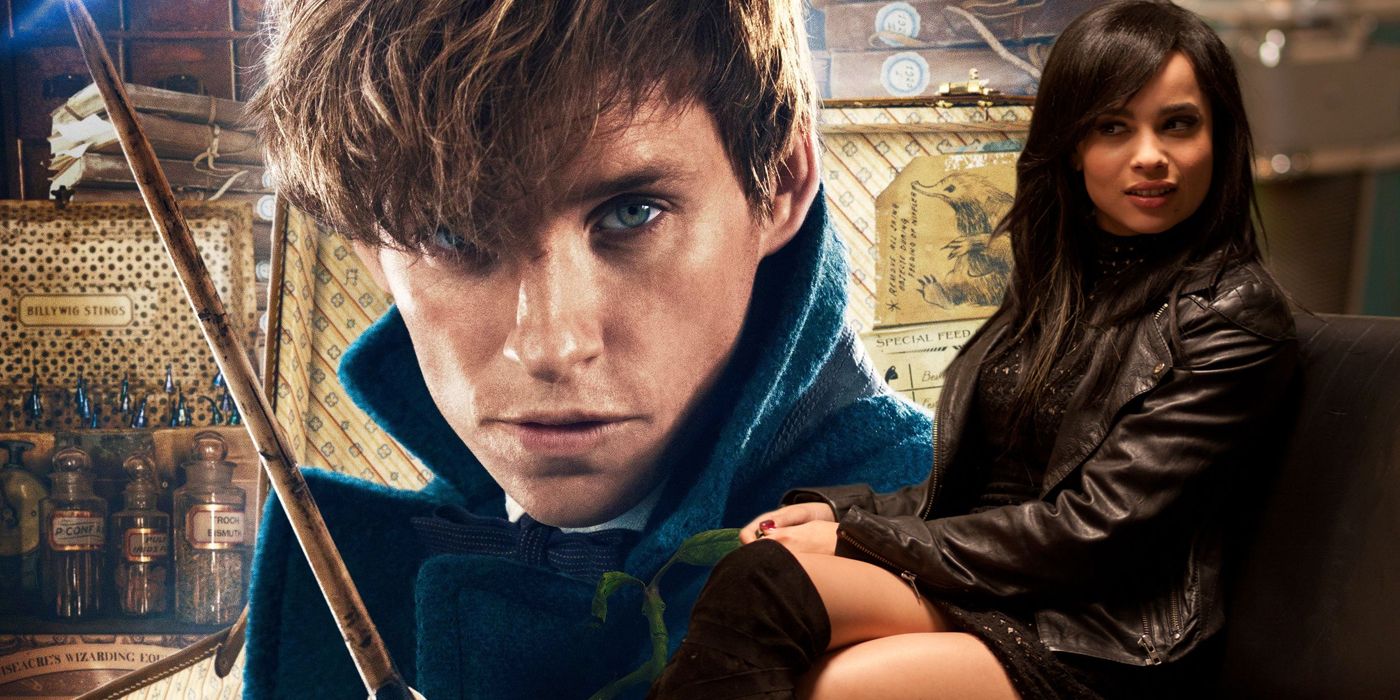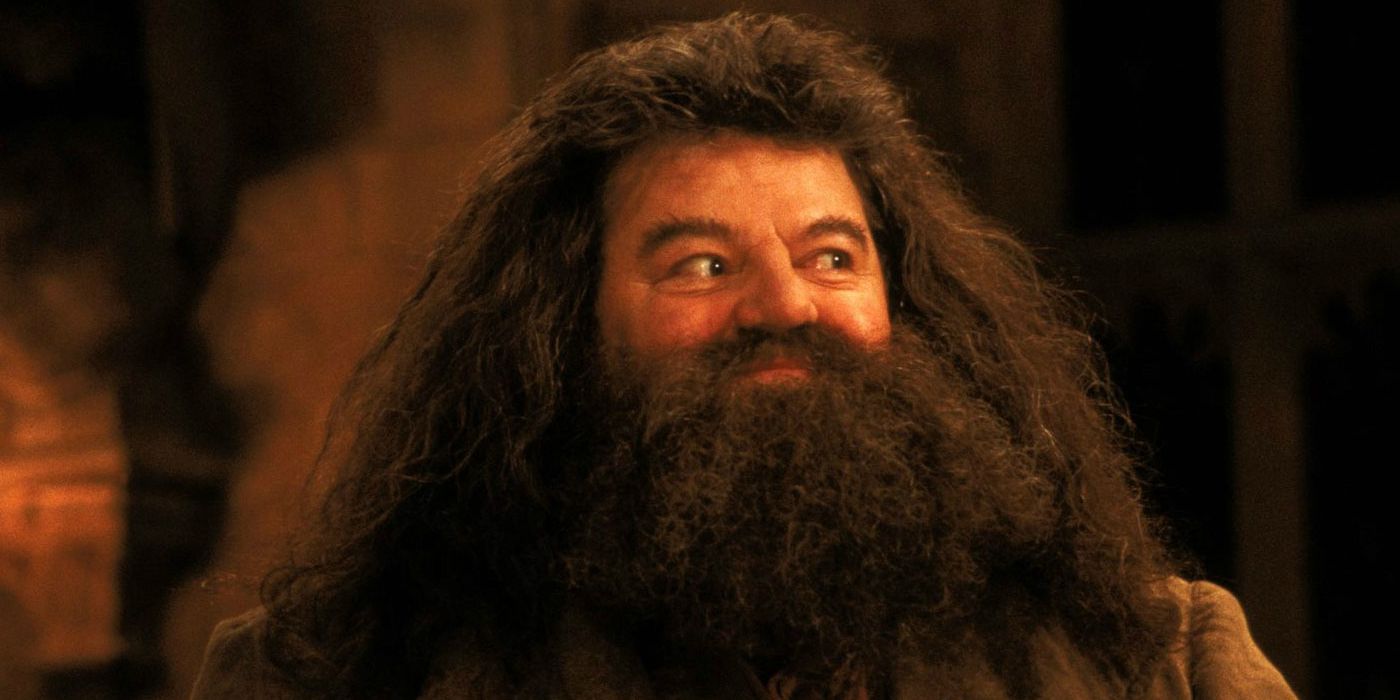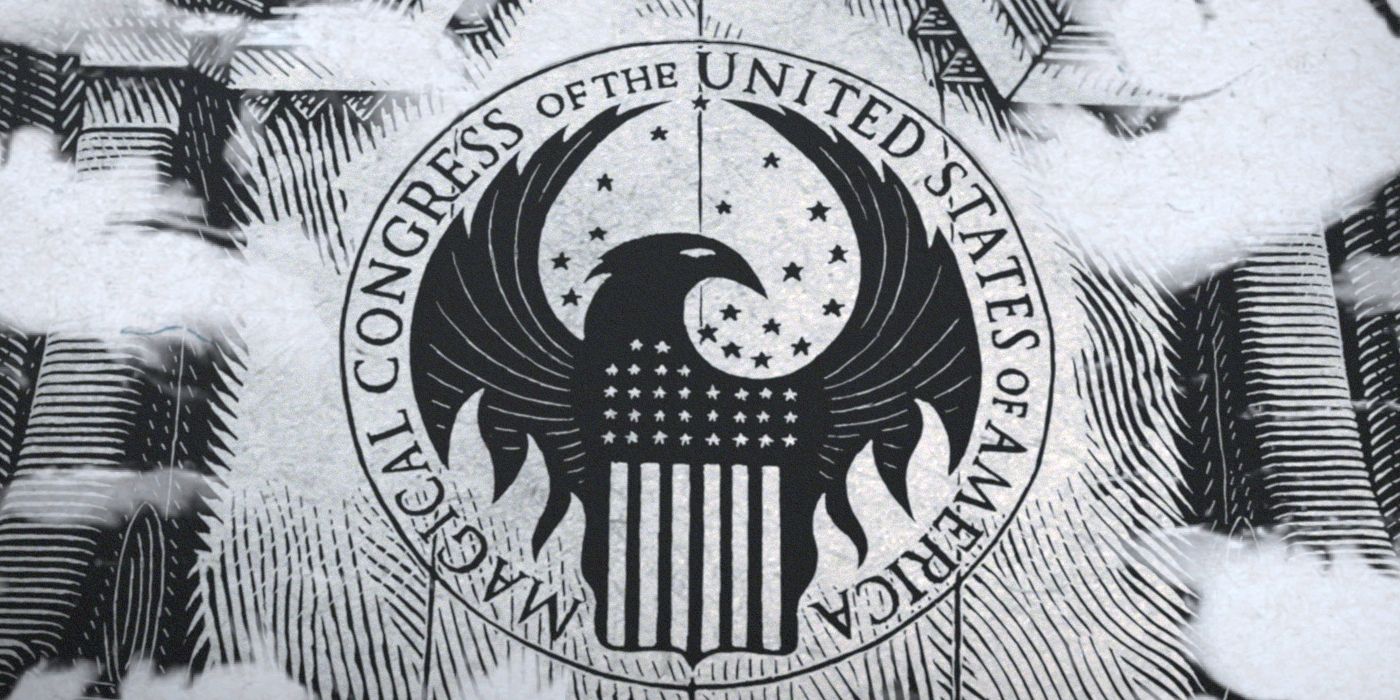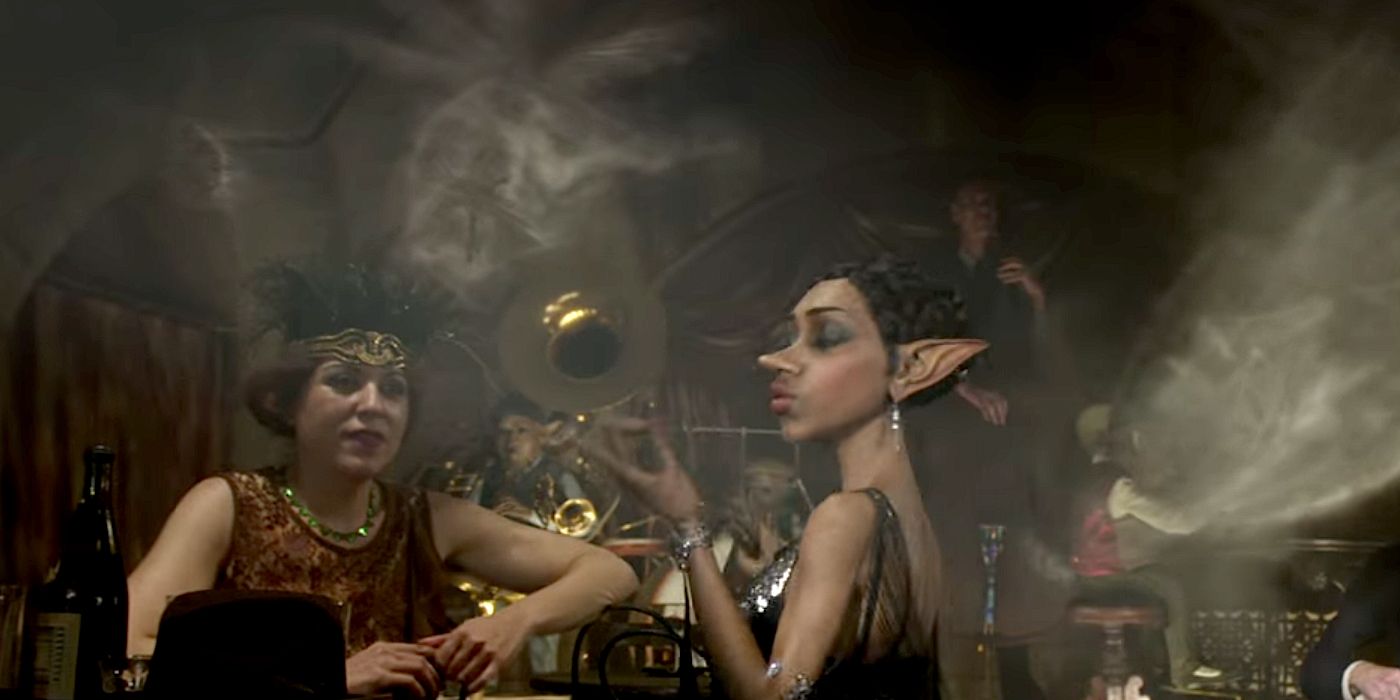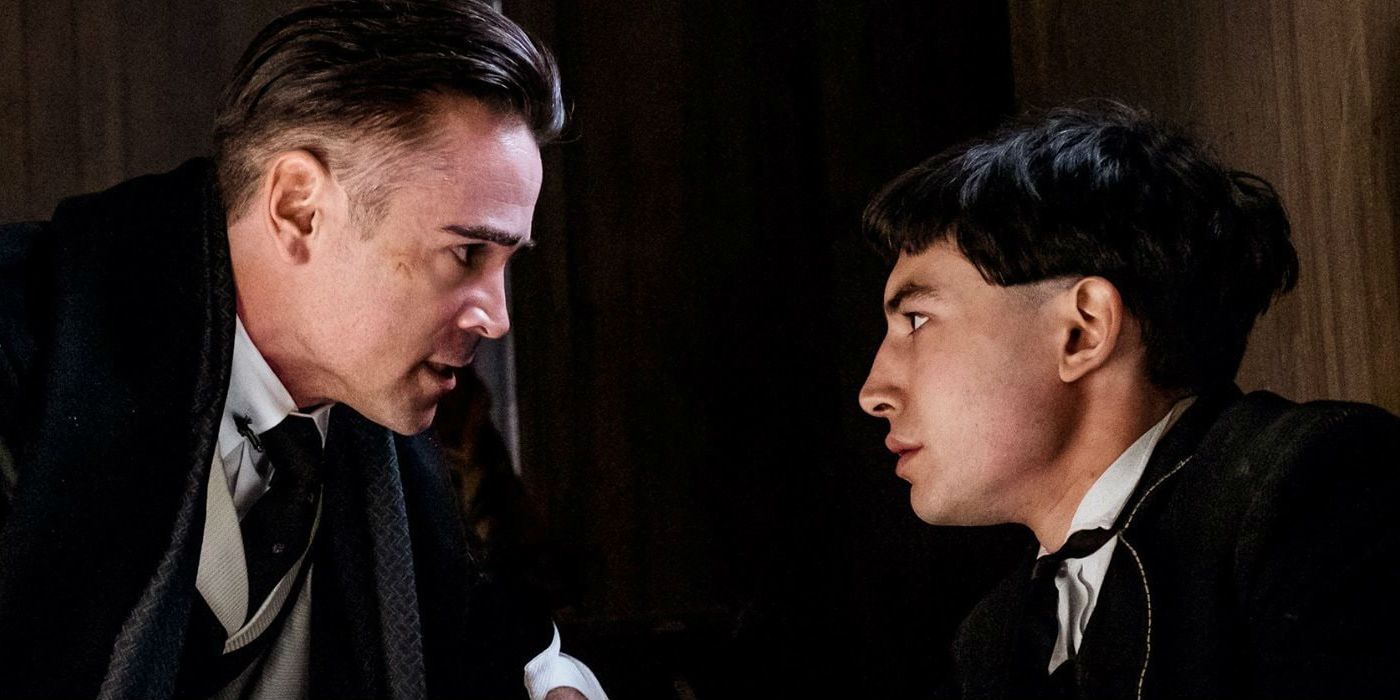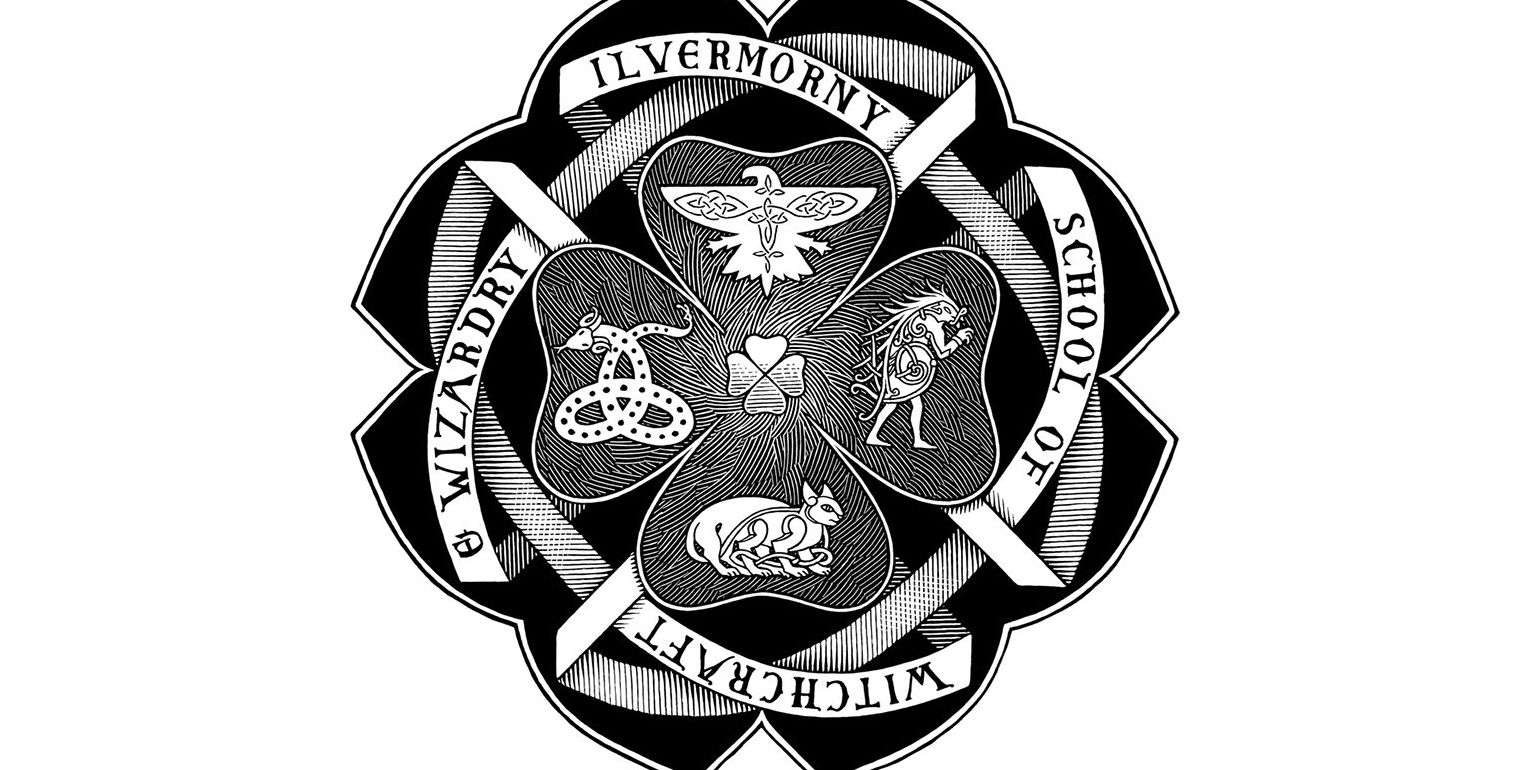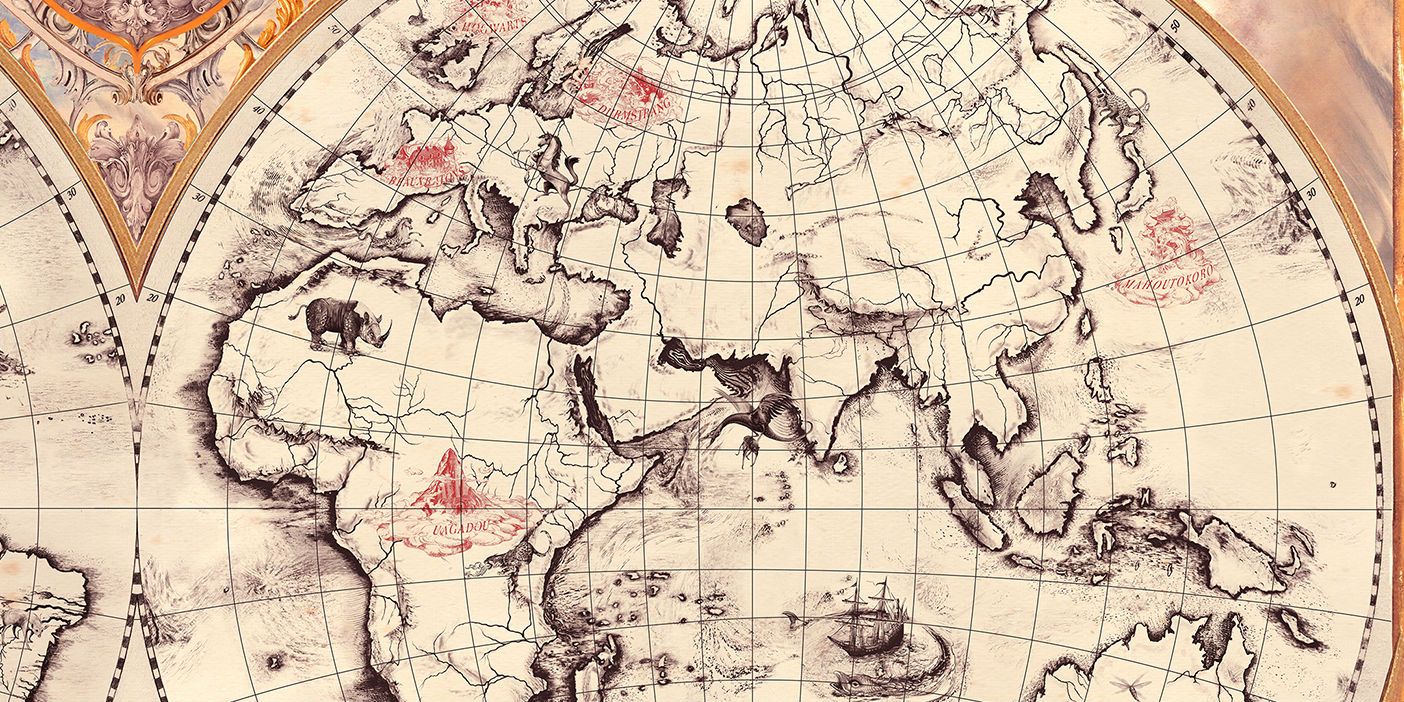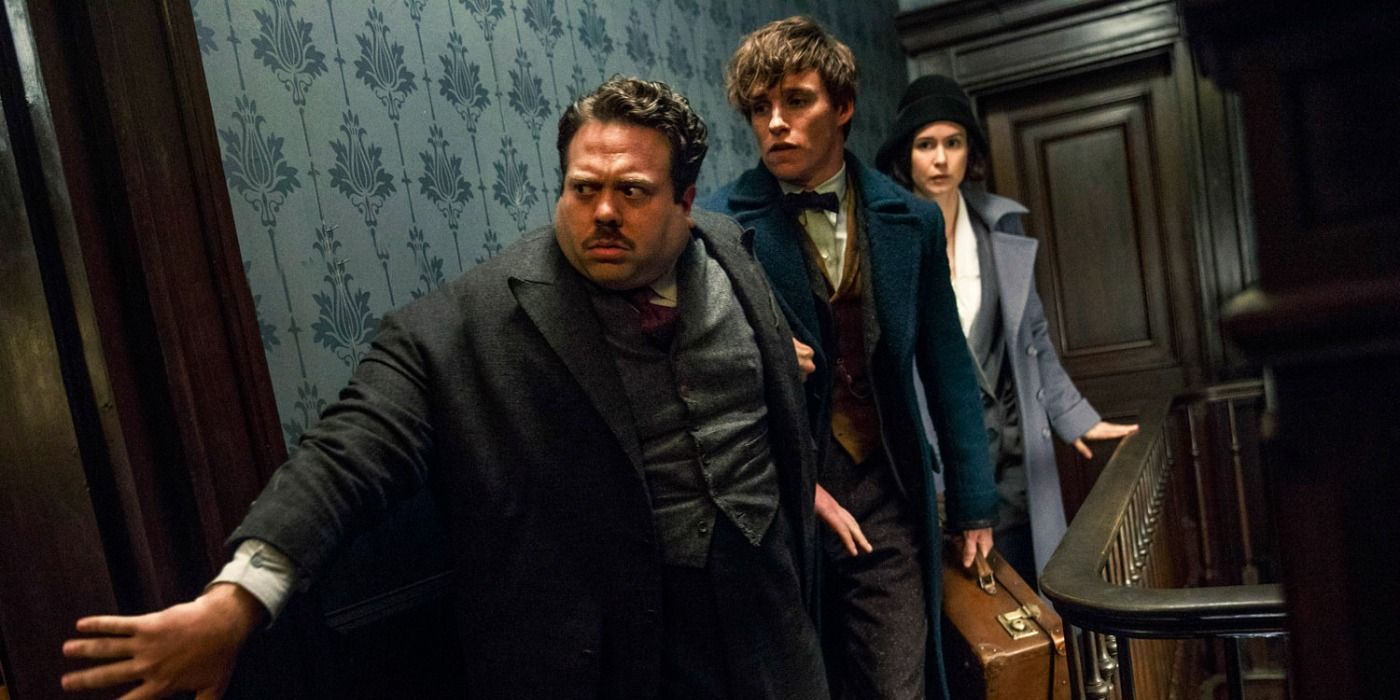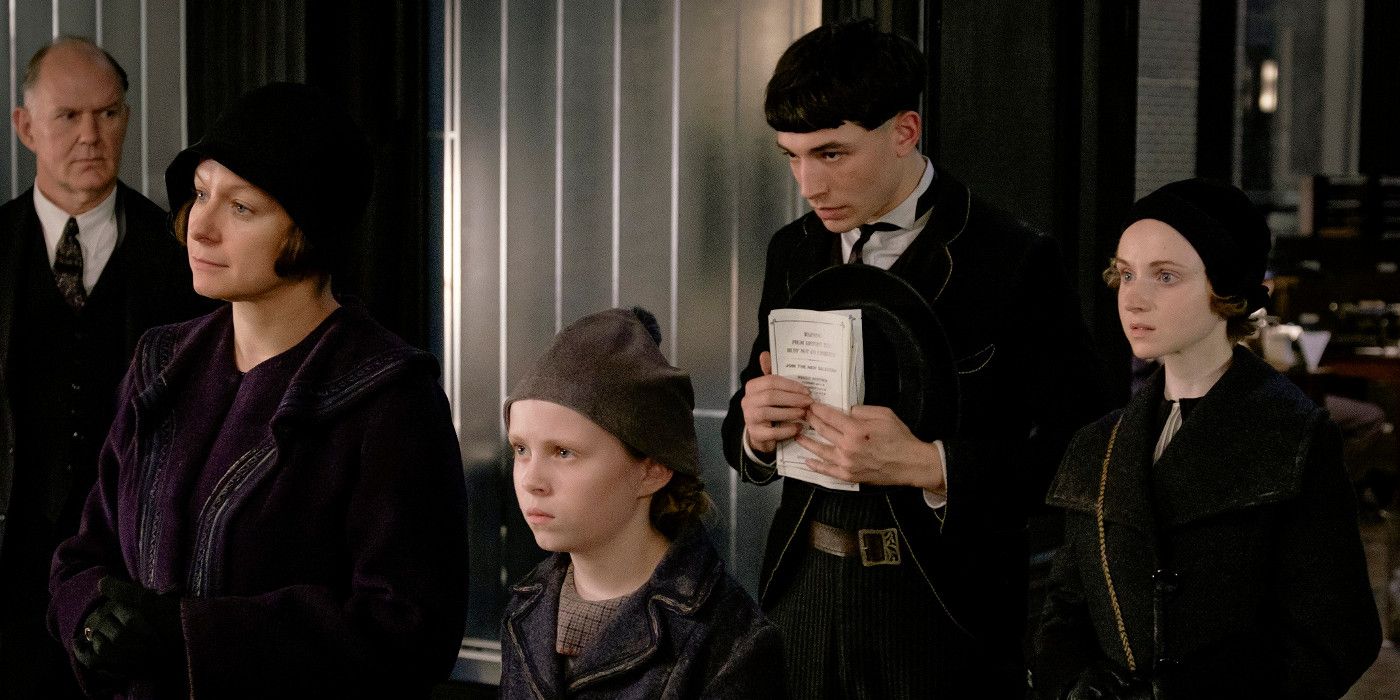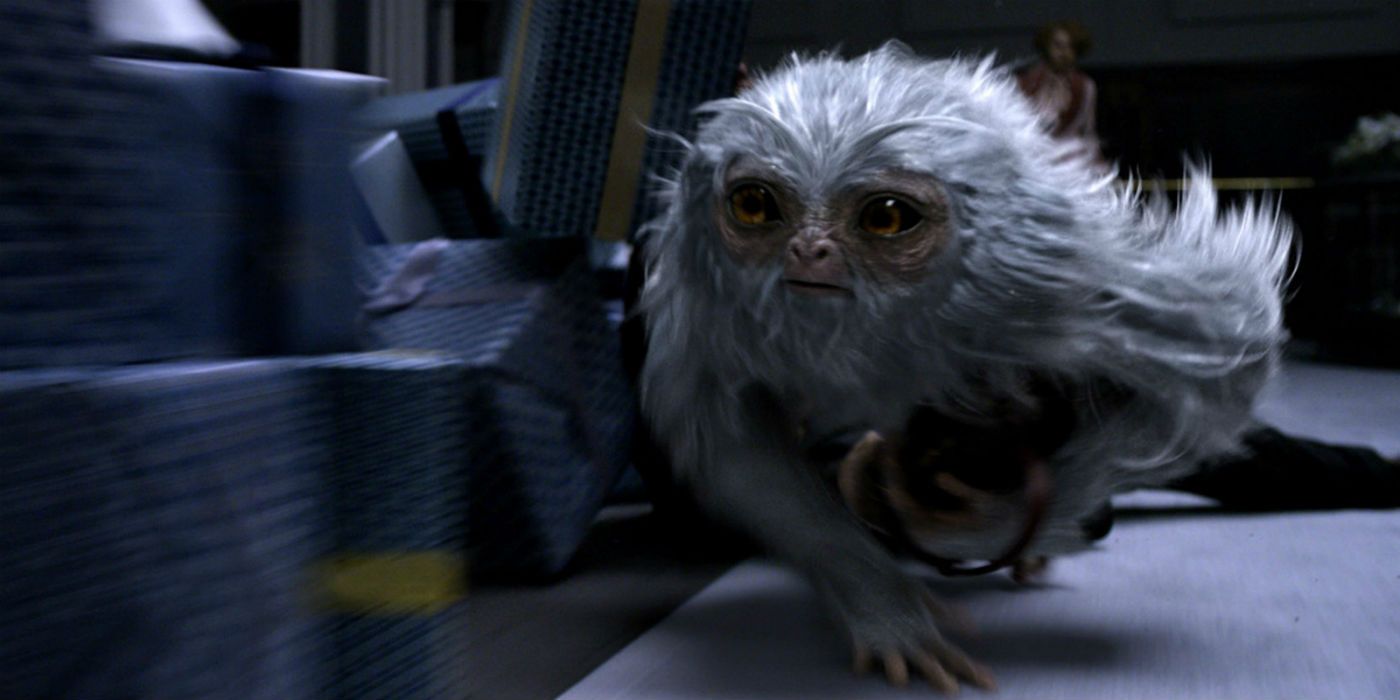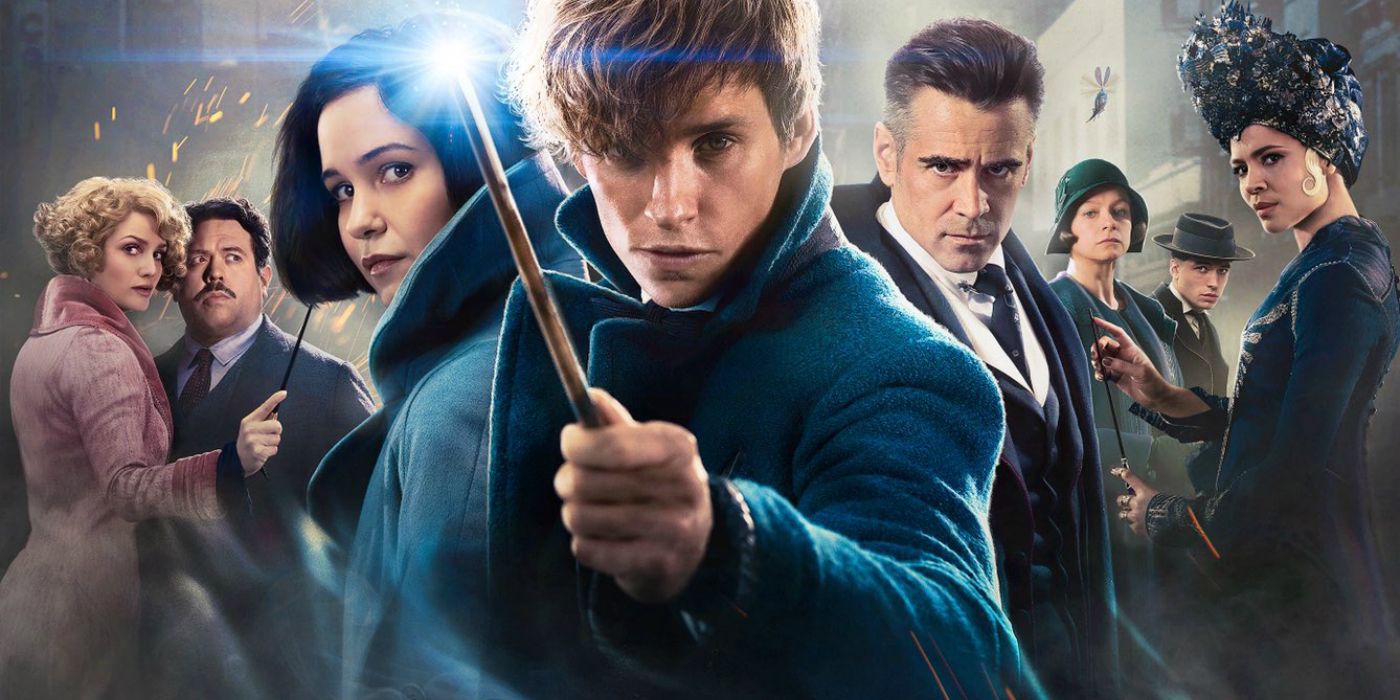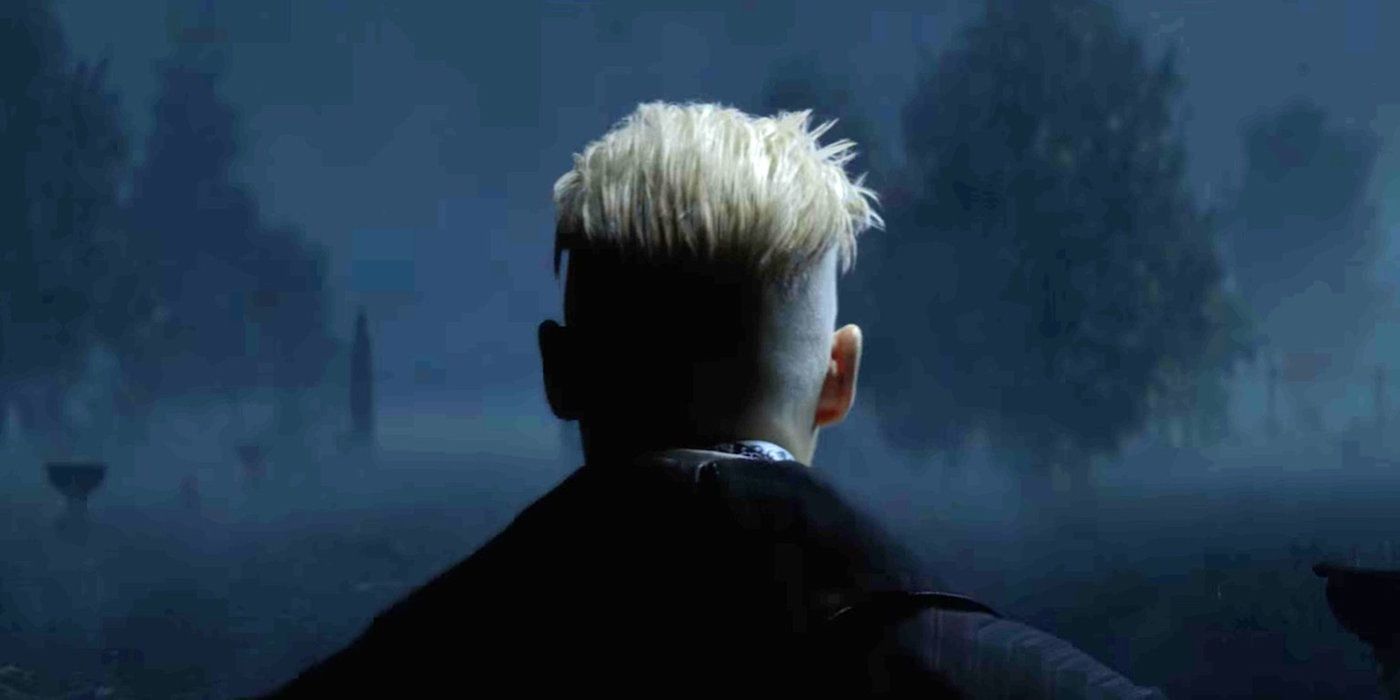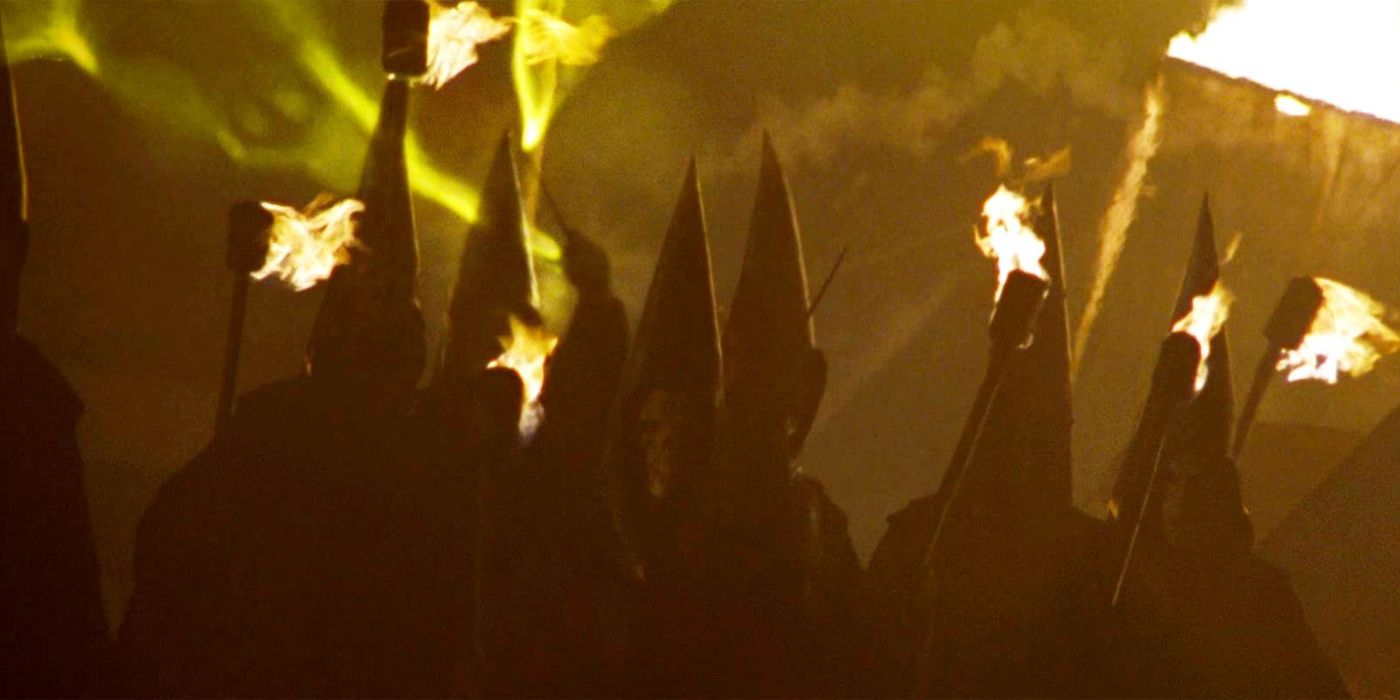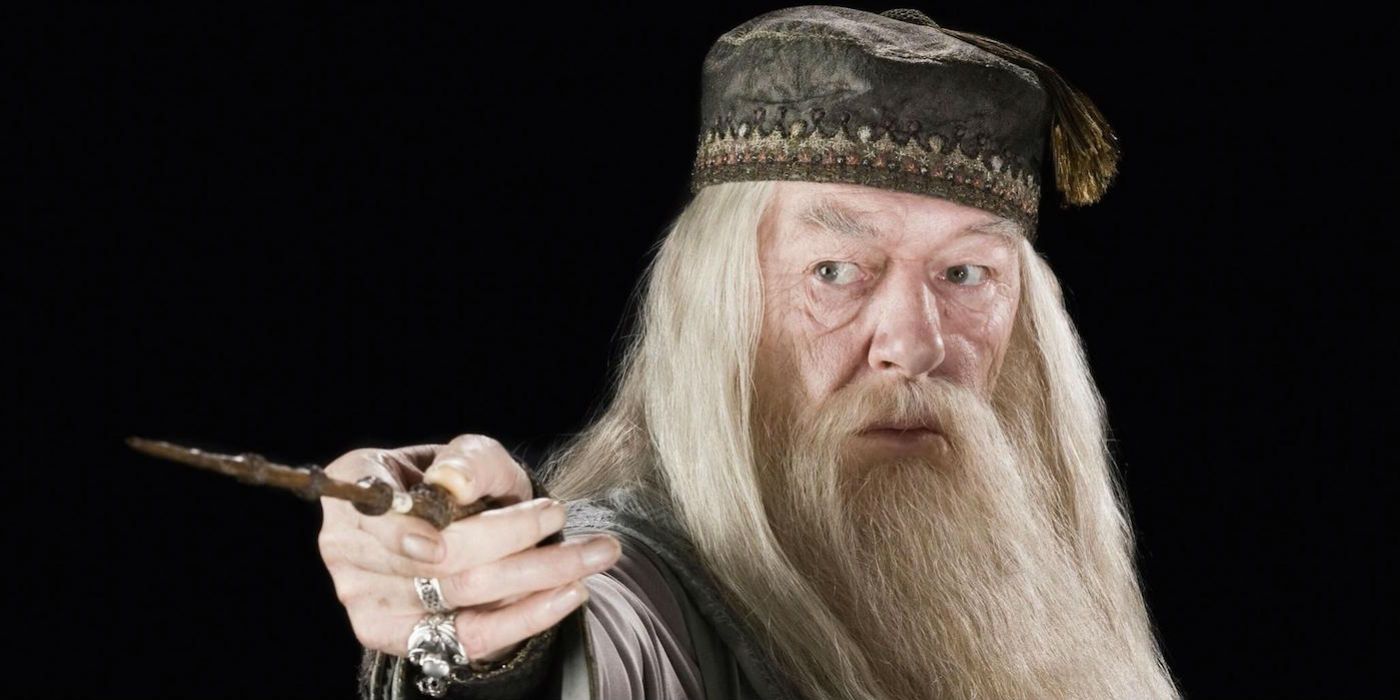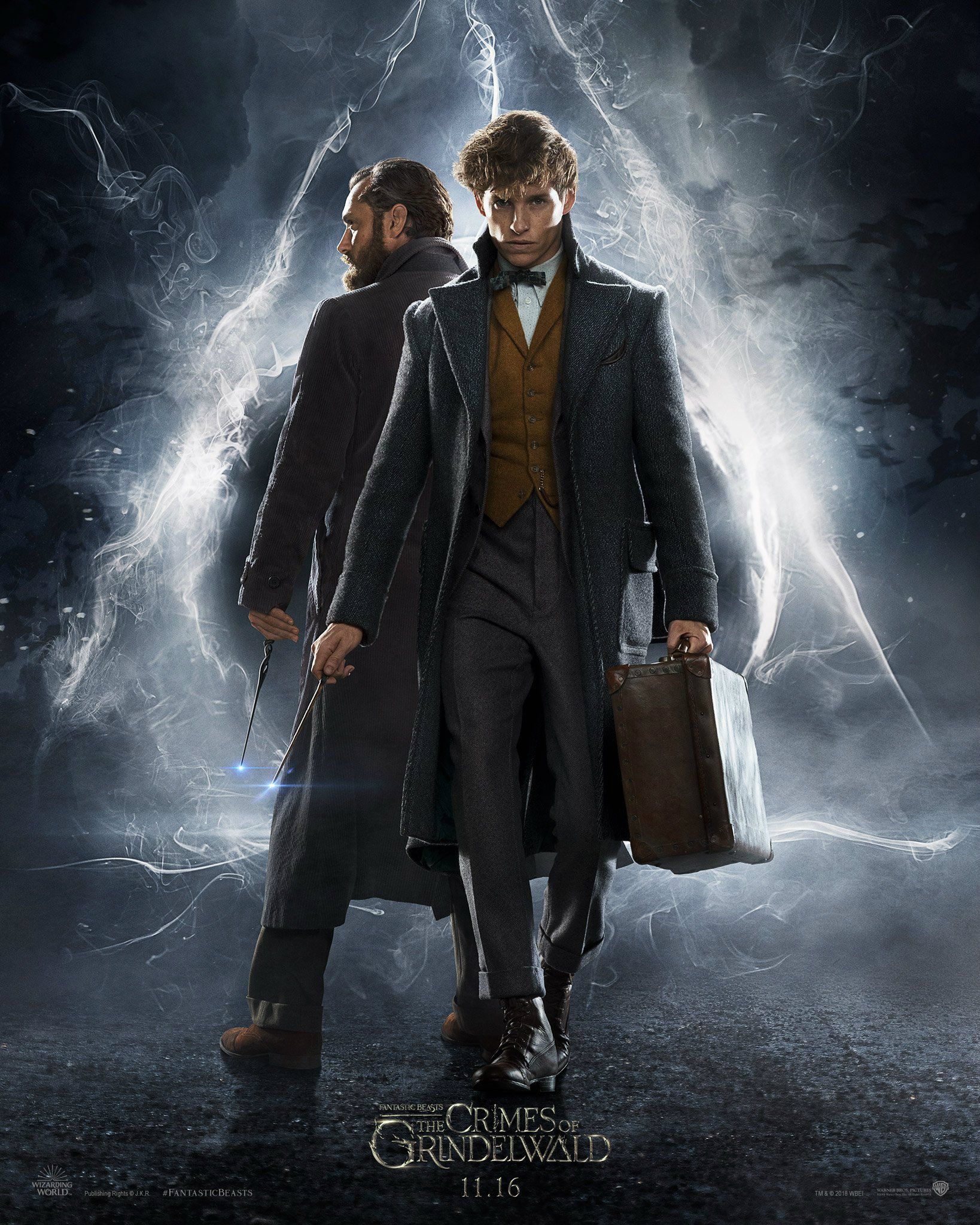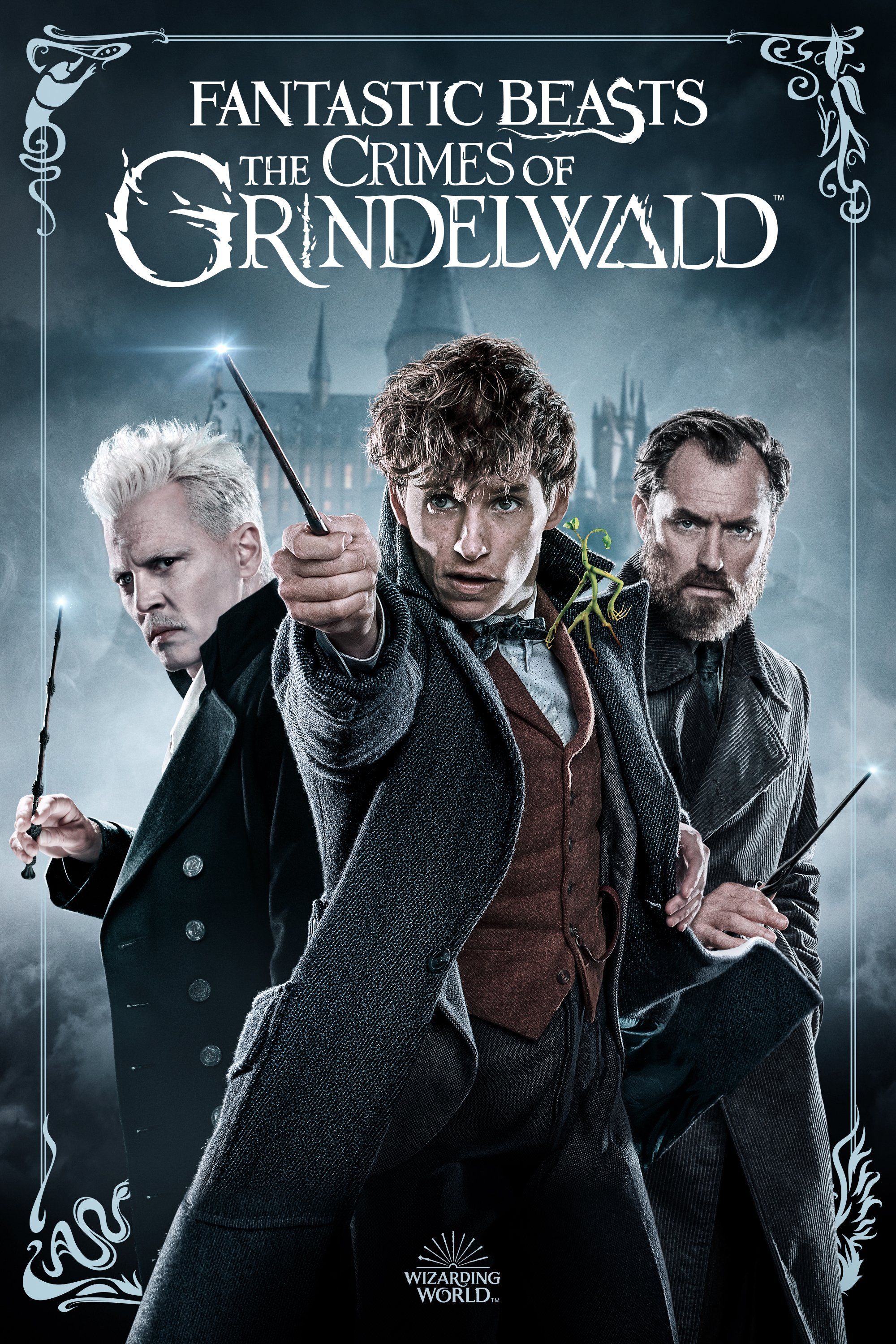With Fantastic Beasts and Where to Find Them officially out (and officially a hit), the interviews and discussions about several prospective sequels to the film just became that much more relevant. Fantastic Beasts has piqued the attention of Harry Potter fans across the world by giving them a tantalizing taste of the wizarding world outside of the Britain, Harry, and Hogwarts focused original series. It's safe to say the wizarding world has gotten a whole lot bigger thanks to Fantastic Beasts. The movie has gotten decent reviews, so it’s safe to say that there’s a lot to like-- but that doesn’t mean that there aren’t a few things the movie could work at improving next time around. Here are a few of the things we’d like to see in the many sequels to come.
WARNING: There will be spoilers for Fantastic Beasts and Where to Find Them throughout this article.
15. More new beasts
This goes without saying, especially with the first sequel (the third movie is reportedly moving away from Newt and the beasts). All of the Harry Potter movies have had their own fun creature moments, from the baby dragon and cerberus of The Sorcerer’s Stone to Buckbeak in The Prisoner of Azkaban.
But Fantastic Beasts did a fantastic (pun intended) job of introducing far more magical creatures than any movie before it, while giving each creature enough time to demonstrate how they’re fun and interesting without overstaying their welcome. The next film should keep up this trend-- crowd favorites like the Niffler would be more than welcome to return for a few minutes at a time, but these movies shouldn’t fall into the same trap that so many movies do by just trotting out old characters (or in this case, creatures) and neglecting the new ones. There are plenty of amazing magical monsters that it would be interesting to see, like the veela and leprechauns that were cut from Goblet of Fire, or the seemingly mundane, but sonically bizarre, Jobberknoll.
14. Leta Lestrange
One of the most interesting, but underdeveloped aspects of Fantastic Beasts was Newt Scamander’s past life at Hogwarts. Essentially, we know three things about Newt’s years at Hogwarts: he was a Hufflepuff, he was expelled over the vociferous objections of Professor Albus Dumbledore, and he had a very close relationship with Leta Lestrange.
If that last name sounds familiar, it’s because Helena Bonham Carter’s character Bellatrix Lestrange was one of the best parts of the later Harry Potter movies. From what we know of the Lestranges, they don’t seem like a family that would get along with Newt, whose tastes run much less toward racial purity than they do toward conservation of animal life. The possibility of seeing one of Bellatrix’s husband's ancestors is already interesting, but becomes even more fascinating if she’s allowed to be a distinct character rather than yet another Death Eater type. Is she a black sheep amongst the infamous family, or were the Lestranges’ darker tendencies a much more recent development than we’ve been led to believe?
13. Crossbreeds and hybrids
There are many, many, many changes from the books to the movies that fans are bitter about, and for Harry Potter fans that also enjoy creature effects reminiscent of John Carpenter, no change stings more than the loss of Hagrid's beloved Blast-Ended Skrewts.
The over-the-top abject horror of the Blast-Ended Skrewts, the hellish crustacean spawn of a manticore and a fire crab, provided some much-needed comic relief between the angst that dominated so much of Goblet of Fire. There was even a payoff when Harry had to fight some full-grown Skrewts-- think fire-breathing scorpions the size of minivans-- at the end of the books. Just putting Blast-Ended Skrewts in the Fantastic Beasts sequel would be ill-advised for a variety of reasons, but creating a similar creature cross-breed could be very interesting, and help make up for the disappointment of fans who hoped Goblet of Fire would blow us away with amazing creature effects.
12. More about MACUSA
The 1920s American setting of Fantastic Beasts and Where to Find Them really helped set it apart from the other Harry Potter films, with everything from basic terminology to how social mores of the previous films revisited and remixed. The government wasn’t exempt from this-- rather than the British Ministry of Magic, Fantastic Beasts introduces the Magical Congress of the United States of America, or MACUSA.
Unfortunately, just as with the enigmatic Ministry of Magic, we know very little of how the MACUSA operates. Terms like “president” and “senator” for its employees seem to imply a federalist system that mirrors the real-life American government, but the familiarity and ease of access relatively low-ranking bureaucrats and police officers have with the president is far more similar to the apparent parliamentary structure of the Ministry.
We know even less about what motivates MACUSA, with fear of discovery by muggles seemingly the sole issue that defines the government. There were hints of politics in Fantastic Beasts as one of New York’s muggle senators ran for re-election. A magical election in the next film would be an organic way to provide a glimpse into the mysterious workings of MACUSA while still delivering an interesting narrative.
11. Roles of goblins and house elves
It isn’t just wizards and witches that are different in America-- the sentient magical creatures were unfamiliar, too. House-Elves in the MACUSA complex not only showed more blunt, wry attitudes than the simpering house elves in Britain, but many of them sported full sets of clothes. According to Harry Potter and the Chamber of Secrets, this signifies freedom from the surprisingly socially acceptable form of slavery the species has endured in the rest of the series.
Goblins also deviate from the norm established in Harry Potter. In Fantastic Beasts, the patrons and performers of a wizard speakeasy providing a stark contrast from the impassive, strait-laced bankers of the main series of films. Gnarlak the goblin gangster makes a particular impression. It would be fascinating to learn more about where these races stand within American wizard society. Are things as progressive as they seem, or do house-elves and goblins face stiff discrimination for jobs that could be performed by wizards?
10. Credence’s return and development
The pathetic, repressed Credence Barebone was one of the most interesting new characters in the film. A seemingly reluctant member of the anti-magic New Salem religious organization, Credence was actually the son of an anonymous witch, and was forced to suppress his powers due to his overbearing, fanatical adopted family. As a result, Credence became an Obscurial, transforming into a primal, chaotic force of rage and hatred as an outlet for his pent-up magical powers.
If Newt Scamander is to be believed, Credence is incredibly special, as he’s by far the longest-lived known Obscurial. Tragically, Credence is attacked by a squad of wizards from MACUSA and torn to shreds, but between one shred surviving and confirmation that Credence will return in the sequels, we’d love to see the character go in an unexpected direction.
Seeing him learn how to control his powers, for example, while still being able to unleash his inner beast would make him a major player in events to come. Even more interesting would be if he didn’t remain as conflicted and angsty as he was in Fantastic Beasts-- watching Credence retain his powers while becoming somewhat well-adjusted would be a pleasant twist, especially if he’s built up as a menace until other characters actually find him again.
9. More of America
Between its massive geographic size and wide variety of subcultures, the United States offers one of the most interesting, varied settings for showcasing a wide variety of magical sub-cultures without leaving the bounds of what is technically one nation. Wizard New York was a fascinating twist, but it would be unimaginably disappointing if the rest of the United States were portrayed as being culturally identical.
Even states as similar as Massachusetts and New York present opportunities for big differences; how much more severe would anti-muggle paranoia be in areas settled by anti-witch puritans? Conversely, are wizards and witches more comfortable and relaxed in rural areas out west, where dramatically decreased population density would make it easier to hide from your enemies? What about west-coast cities - is the atmosphere in San Francisco or Seattle substantially different from that of New York?
Let’s not forget Ilvermorny-- teasing American fans with their very own version of Hogwarts only to refuse to deliver would be nothing short of cruel. Letting Newt finish his cross-continental trip to Arizona could answer a lot of these questions, and provide a nice change of scenery. Speaking of...
8. Locations outside of Europe and the United States
The next film in the Fantastic Beasts series is reportedly set in Paris, which is a fantastic choice-- especially if the movies continue to march towards 1945 as promised, bringing up the opportunity for watching the wizarding world grapple with the ethical quandaries of living in a city occupied by the Nazis.
Unfortunately, it’s equally possible that the series could fall back on the exaggerated tropes of French wizards present in Goblet of Fire’s Beauxbaton’s Academy of Magic, which would be disappointing to say the least. A nifty way to avoid this problem would be to focus on regions of the world that rarely even get lip service in Harry Potter for settings.
Writings on Pottermore provide hints that African and Asian wizardry is fundamentally different than what we’ve grown to expect. South American wizards, meanwhile, are barely mentioned at all, which seems bizarre for the part of the world famous for the genre of magical-realism. We’re probably stuck with Europe for at least one more movie, but taking us to the other side of the globe in future installments would be a much-appreciated change.
7. More muggle characters
It’s always nice to see non-magical characters receive some representation outside of the cartoonishly selfish Dursleys, and Fantastic Beasts' bumbling baker Jacob Kowalski is by far the best muggle character in the series to date, with a great combination of genuinely heart-felt moments and effective comedic relief.
Watching Newt and Jacob learn more about each other’s respective worlds was a touching subplot, and acknowledged the existence of an entirely separate, but equally worthwhile reality alongside the magical focus of the film, rather than simply brushing it aside like the other Harry Potter movies have done.
Jacob's return would be bittersweet, as Fantastic Beasts gives him a nice, happy ending, but we definitely want similarly likable muggle characters back in subsequent movies. More comic relief would be good, but it would also be interesting to have a muggle who's shockingly competent, demonstrating that non-magical methods and technologies can help solve problems instead of just leaving everything to the wizards.
6. More muggle organizations in search of magic
Its decidedly grim, puritanical aesthetic aside, the magic-obsessed New Salem group was a really interesting concept, helping to address the logistically impossible idea that wizards always managed to silence every single person that witnessed some magical phenomena. The events of the film seem to suggest that organizations like New Salem aren’t going anywhere, with a newspaper mogul’s son experiencing a very public, very unusual death that’s never covered up by the magical community. Keeping some version of New Salem around in future movies could yield more details about how muggles that witness magic manage to slip through the cracks. If the organization moved away from the hyper-religious iteration of Fantastic Beasts into more of an X-Files truth-seeking direction, it would almost be tempting to root for them!
5. A more detailed look at threats facing beasts
If Newt Scamander wants the audience to take one lesson away from his adventure, it’s that magical beasts aren’t dangerous; they're just misunderstood, and face grave dangers from a far more dangerous animal: man. Unfortunately, what we’re shown in the movie often disagrees with this concept. Many of the beasts are massive, aggressive, and seem more than able to defend themselves and seriously injure people that legitimately don’t mean them any harm, while others showcase a capacity to cause a lot of mischief while being quick enough to get away before getting caught.
There are various references to MACUSA’s paranoia regarding magical creatures throughout the film, but other than their reaction to Credence’s Obscurial (which, given the massive amount of damage and mayhem it wrought on downtown New York City, is at the very least understandable) we never get to see any so-called ruthlessness to supposedly harmless creatures ourselves. Newt’s a likable enough character, but it would be nice to see more evidence that supports his worldview firsthand rather than asking us to simply take his word for it.
4. More diversity
The Harry Potter series has always had a problem with giving screen time to non-white characters, with the most significant of the bunch-- Kingsley Shacklebolt-- remaining an easily-forgettable tertiary character who only appears in the second half of the series.
While people of color were decidedly underrepresented in the Harry Potter films, the problem with Fantastic Beasts is that it takes what’s an already unrealistically white cast, and places them in New York City, a setting famous for its diversity. Minority characters aren’t entirely absent-- Saraphina Picquery, the president of MACUSA, being the primary example-- but seeing such a white version of New York City is just jarring. We desperately hope the Fantastic Beasts series fixes this mistake as they shift towards Paris as the setting in the next film-- draining the color from one of Europe’s most famously welcoming cities to black artists and writers would be a travesty.
3. Show us more of what makes Grindelwald a threat
As part of an admittedly visually interesting opening sequence, Fantastic Beasts shows the audience headline after headline proclaiming the dark wizard Grindelwald as an established threat to the wizarding world as we know it. Unfortunately, the movie does little more than this to build Grindelwald’s menace, other than revealing at the last minute that he was trying to take control of Credence and his Obscurus to do... something bad.
With the legendary wizard returning in future installments, we’re sure we’ll get to see just what Grindelwald has done that makes him so feared and loathed, but it would still be nice to get some context to his prior crimes. Harry Potter and the Half-Blood Prince had a powerful sequence showing Voldemort’s organization committing several acts of terror on the helpless muggle populace of England-- something realistic and grounded like that would be far better than even more forgettable newspaper headlines.
2. Make the threat of Grindelwald more than just Grindelwald
With the films set to focus more and more on the war against Grindelwald, it’s vital that the Fantastic Beasts series makes him a credible antagonist. One of the best ways to do this would be to take a page out of the previous Harry Potter film’s book by providing Grindelwald with a fascinating, diverse cast of subordinates and henchmen.
Part of the reason audiences bought Voldemort’s reputation as a powerful, hyper-charismatic villain was that he had cobbled together such an eclectic group of wizards, from the menacing Bellatrix Lestrange to the pathetic, grovelling Peter Pettigrew to the self-serving, shifty Malfoy family. Despite their major differences, this fleshed-out group of henchmen were united by a shared fear and respect for the Dark Lord, and that went a long way towards making him a memorable antagonist. Fantastic Beasts seemed to imply that Grindelwald was largely working alone throughout the film. Hopefully he picks up a few friends in time for the sequels.
1. Young Dumbledore and the legendary duel
While an increasing focus on the political scene of the wizarding world during the early 20th century is certainly disappointing to fans of the various magical creatures of the first film, it does afford an opportunity to give Harry Potter fans something they’ve been clamoring for for years.
The chance to see a character as iconic as Albus Dumbledore in his prime is a draw that shouldn’t be underestimated. Letting us see his life as a professor at Hogwarts would be interesting, especially if it provided some character development before what’s sure to be the climax of this series of films: the legendary 1945 duel against his former friend, Grindelwald. This could also be a good chance to tie up some loose ends from Deathly Hallows, by finally showing audiences how Dumbledore overcame the seemingly ironclad rules of the Elder Wand to defeat it in a battle. Maybe the duel’s resolution was more amicable and tragic than we’ve been led to believe…
---
What do you want to see in the next Fantastic Beasts film? Let us know in the comments below!

